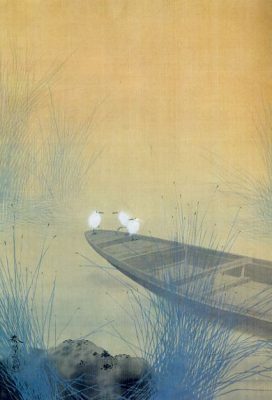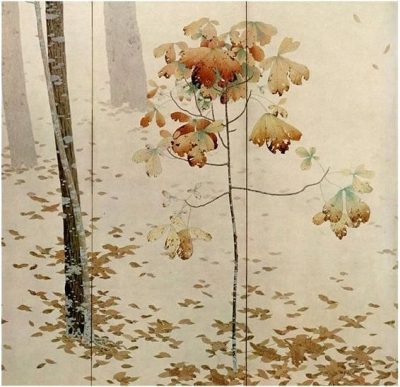Japanese art and Hishida Shunsō (1874-1911): Hope to the shadow of death
Lee Jay Walker
Modern Tokyo Times

The artist Hishida Shunsō was born during the dynamic period of Meiji (1868-1912). However, despite the Meiji era not lasting so long, Shunsō died before the ending of this period of Japanese history. Hence, he died at the age of 36 when passing away just before his birthday in 1911.
Shunsō was born in the environs of Nagano prefecture in 1874 but he moved to Tokyo in 1889. One can only imagine the impact of Tokyo compared with the environment he knew. Yet, from an artistic point of view – and the dynamics of the time – then Tokyo enabled him to mix in new circles.

It is known that Ernest Fenollosa, Hashimoto Gahō, and Okakura Tenshin, Shimomura Kanzan, and Yokoyama Taikan influenced Shunsō. This notably applies to their respective time at the Tōkyō Bijutsu Gakkō. Yuki Masaaki also played an important early role in the development of Shunsō.
Kanō painting would become innovative under Fenollosa during the Meiji era. After all, the modernization of the times meant that new Western art ideas and internal experimentation were challenging the old ways. Therefore, the old artistic ways of Kanō art, ukiyo-e, and other traditional styles were appearing outdated during this revolutionary period.
Ironically, in the passages of time, the more traditional Kanō art hits all the high cultural chords in the modern era. Yet, the new ideas of Nihonga art would reach the inner-soul of many distinguished artists. While keeping aspects of older traditions alive. Hence, a fusion of adaptions, ideas, and techniques did not fully cut the chord. Instead, Nihonga would be a linkage to the past while adapting to new ideas, styles, materials, and concepts.
Shunsō further developed his art and knowledge of different cultures during his travels. This relates to visiting America, India, and several European nations between 1903-1905. He also wasn’t afraid to experiment but to some this led to a wasted period.
In the last few years of his life, he knew the clock was ticking because of kidney-related complications and the fear of going blind. Hence, during brief periods of hope, he would work tirelessly on producing art. However, the shadow of death would befall Shunsō in 1911, one year before the ending of the Meiji era.

PLEASE DONATE TO HELP MODERN TOKYO TIMES
Modern Tokyo News is part of the Modern Tokyo Times group
DONATIONS to SUPPORT MODERN TOKYO TIMES – please pay PayPal and DONATE to sawakoart@gmail.com
http://moderntokyotimes.com Modern Tokyo Times – International News and Japan News
http://sawakoart.com – Sawako Utsumi personal website and Modern Tokyo Times artist
https://moderntokyonews.com Modern Tokyo News – Tokyo News and International News
PLEASE JOIN ON TWITTER
https://twitter.com/MTT_News Modern Tokyo Times
PLEASE JOIN ON FACEBOOK